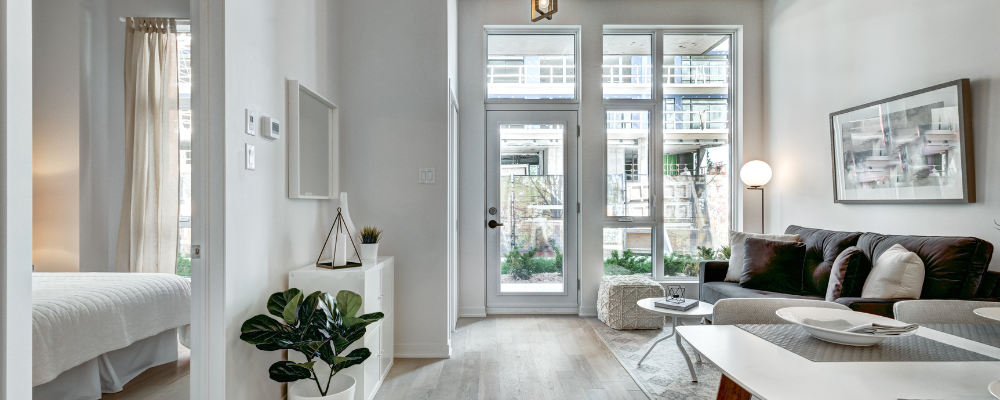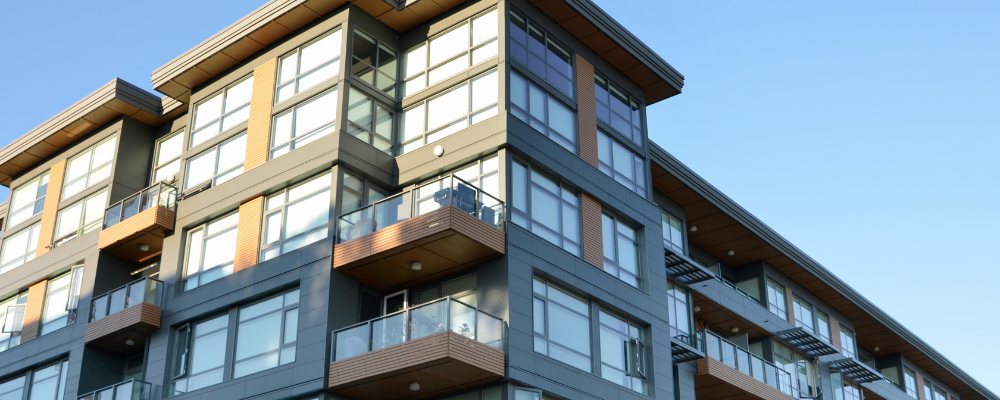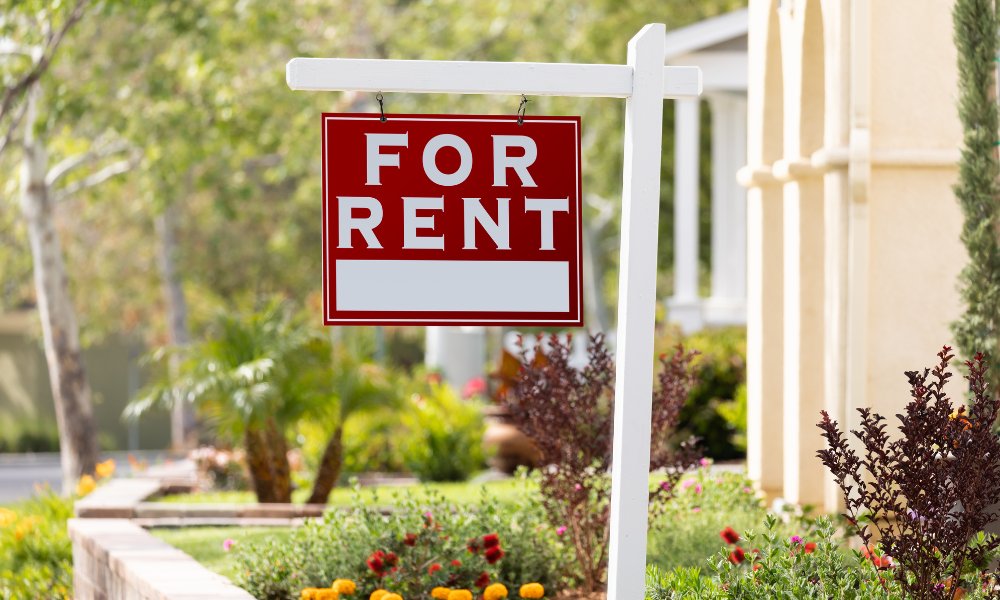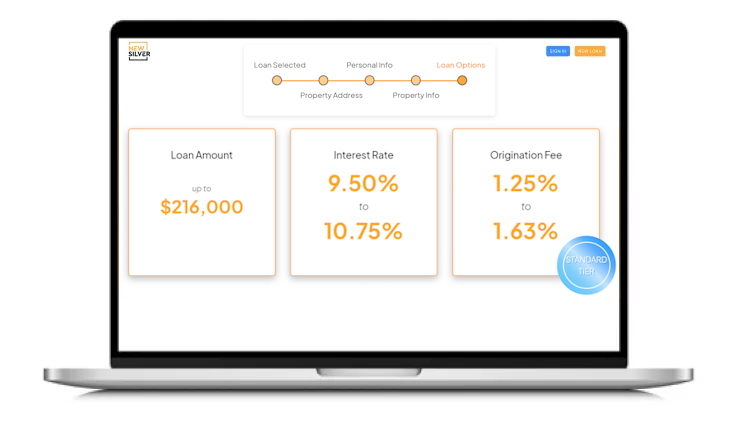The Short Answer
Mid term rental properties offer leases longer than a month but shorter than a year, bridging the gap between short-term and long-term housing. This flexible rental model appeals to specific tenant groups such as students, digital nomads, business professionals, and traveling nurses who seek comfortable, temporary accommodations without the commitments of long term tenants.
Mid term rentals provide landlords with key advantages, including growing demand, adaptability, lower turnover costs, access to responsible tenants, and steady cash flow unaffected by seasonal fluctuations. However, they come with challenges, such as a smaller tenant pool, furnishing and maintenance expenses, slightly reduced income compared to short-term rentals, and additional legal considerations.
For real estate investors, mid term rentals represent a promising opportunity to tap into the mid term rental market, balancing profitability with lower management intensity. With the right preparation and strategy, they can be a worthwhile addition to a real estate portfolio.
Jump To
What Are Mid Term Rentals?
While long term and short term or vacation rentals are common terms, but you may not have heard of a mid term rental. As the name suggests, this is a rental agreement that falls between short and long term. In other words, a mid term lease agreement is a rental agreement between a property owner and tenant that lasts for less than one year but usually more than one month.

How Do They Differ From Short Term Rentals And Long Term Rentals?
Short term housing or vacation rentals typically last less than a month, while long term rentals are usually 12 months. Mid term rental properties fall between this, and average loan terms that are less than a year, but longer than a month. Typically, mid term rental properties are anywhere between 30 days and 6 months.
Understanding Mid Term Tenants
Let’s take a closer look at the type of tenant that would be looking for a mid term rental property.
Who Are They?
Those who needed housing for an extended period of time, but cannot commit to a 12 month lease are usually the type of renters looking for a mid term rental property.
Students: Many students need temporary housing while pursuing their education, whether for a semester, internship, or special program.
Digital Nomads: The rise of remote work has fuelled the digital nomad lifestyle, where professionals combine work and travel, often relocating frequently.
Business Professionals: Frequent business travel is a reality in many industries, whether for project-based work, training, or temporary assignments, corporate housing in some form is a requirement. Mid term rentals provide professionals with more than just corporate housing—they offer a comfortable, fully equipped environment that supports productivity and relaxation.
Traveling nurses: Traveling nurses are vital to healthcare systems, often relocating quickly to meet urgent demands.

What Do They Want From A Rental Agreement?
Students: Mid term rentals offer a flexible and affordable option that allows students to live independently without the restrictions or high costs of on-campus housing. These rentals also help reduce the strain of long commutes, giving students more time to focus on their studies.
Digital Nomads: Digital nomads value flexible, comfortable spaces that cater to their transient lifestyle, and mid term rentals provide the perfect solution. These rentals offer the right balance of convenience, affordability, and a sense of stability between moves.
Business Professionals: Whether arranged by employers or sought out independently, mid term rentals are an increasingly popular choice for modern professionals looking for corporate housing. These professionals are looking for practicality and comfort in their corporate housing for extended stays.
Traveling nurses: They need housing that is both flexible and affordable, without sacrificing comfort or convenience. Mid term rentals provide an ideal solution, offering nurses a homey environment during assignments while avoiding the high costs of hotels or Airbnbs. These spaces cater to their unique needs, making it easier for them to focus on their critical work.
Key Advantages Of Mid Term Rentals
Advantage 1: Growing Demand
The rise of platforms like Airbnb has transformed the rental market, creating a booming demand for properties that offer flexibility beyond traditional long-term leases. Mid term rentals have emerged as a popular option, catering to renters seeking stays longer than a few nights but shorter than a year. This growing demand positions mid term rentals as a smart investment for property owners looking to capitalize on shifting housing trends and giving mid term renters a good accommodation solution.
Advantage 2: Adaptability
Mid term leases strike the perfect balance between stability and flexibility, making them an attractive option for both tenants and landlords. These leases typically last longer than a month but don’t lock people into the commitments of long term tenants. They’re highly adaptable, often accommodating month-to-month arrangements to suit mid term renters’ needs. This flexibility is a significant advantage, offering convenience for tenants and operational ease for landlords.
Advantage 3: Lower Costs
Mid term rentals are more cost-effective to manage compared to short term housing or vacation rentals. With lower tenant turnover, landlords save on frequent cleaning, maintenance, and marketing expenses. This reduced upkeep makes mid term rentals an efficient option, particularly in high-demand markets where managing constant tenant transitions can be costly.
Advantage 4: High-Quality Tenants
Mid term tenants are often responsible professionals, such as traveling nurses, business consultants, or remote workers, who need furnished accommodations for a few months. These tenants typically treat properties with care, minimizing the risk of significant damage. For landlords, this means fewer headaches and potential cost savings on repairs and maintenance.
Advantage 5: Steady Cash Flow
Unlike short term housing that can experience seasonal highs and lows, mid term rentals offer a more predictable income stream. With longer lease durations, landlords can enjoy steadier cash flow and fewer vacancies, making mid term rentals a reliable and lucrative option in the rental market.

Key Disadvantages Of Mid Term Rentals
Disadvantage 1: Harder to Find Tenants
Securing mid term tenants can be more challenging than finding renters for short-term or long-term leases. The pool of potential renters for mid term housing is smaller and more specific, often limited to professionals, students, or individuals in transition. As a result, landlords may need to invest more time and effort in marketing and screening to attract suitable tenants.
Disadvantage 2: Furnishing Costs and Upkeep
Mid term rentals typically require full furnishing, which adds upfront costs for landlords. This includes purchasing furniture, appliances, and household essentials to make the property move-in ready. Additionally, ongoing maintenance of these items can increase expenses over time, requiring landlords to factor in wear and tear or periodic replacements.
Disadvantage 3: Reduced Income Potential
While mid term rentals offer steadier cash flow, they generally generate less income than short-term rentals, which can charge premium nightly rates. The trade-off is that mid term rentals have fewer turnovers and lower operational costs, but landlords must be prepared for slightly reduced overall revenue compared to the higher-earning potential of short-term stays.
Disadvantage 4: Legal Considerations
Mid term rentals often involve more legal complexities than short-term ones. Landlords must understand local regulations, lease requirements, and potential liabilities that may apply to mid term agreements. Consulting an attorney or local housing authority before signing leases is essential to mitigate risks and ensure compliance with local landlord tenant laws.

Should You Add Mid term Rentals to Your Portfolio?
Mid term rentals can be a valuable addition to a real estate portfolio, offering a balance between the high turnover of short-term rentals and the long commitment of traditional leases, that is provided by the mid term rental market. However, landlords should weigh the costs, tenant acquisition challenges, and legal obligations against the steady cash flow and lower maintenance demands. With the right strategy and market research, mid term rentals can provide a rewarding opportunity for property investors.




